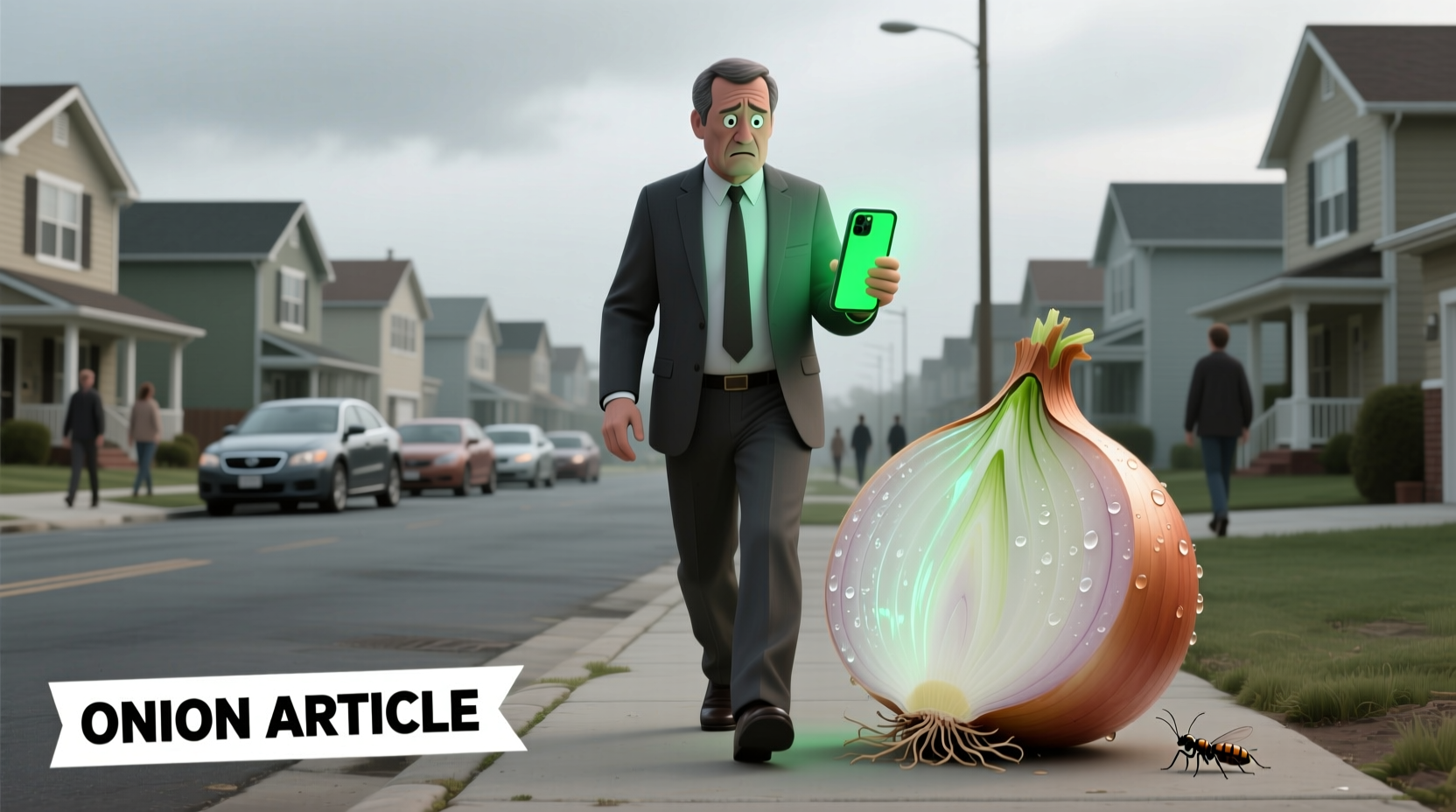Understanding how to identify these satirical pieces isn't just about avoiding embarrassment—it's a critical media literacy skill in today's information landscape. When you encounter a potentially viral story, recognizing whether it's from The Onion or similar outlets prevents misinformation from spreading and helps you make informed decisions about what to share.
Why Onion Articles Fool So Many Readers
The effectiveness of The Onion's satire stems from its meticulous replication of journalistic conventions. Their writers follow standard news formats, use credible-sounding quotes, and address trending topics with just enough plausibility to bypass initial skepticism. Research from Stanford's Graduate School of Education shows that 67% of adults struggle to distinguish between satirical content and factual reporting when encountered out of context.
This confusion often occurs because:
- Social media strips away publication context and branding
- Readers increasingly rely on headlines without visiting source sites
- Cognitive biases make us more likely to believe information aligning with our worldview
Key Indicators of Satirical Content
Developing a systematic verification process protects you from sharing misinformation. These practical checks should become standard practice before engaging with any surprising news story:
| Characteristic | Real News Article | Onion/Satirical Article |
|---|---|---|
| Publication Source | Established news organization with clear editorial standards | Known satire site (The Onion, Babylon Bee) or unfamiliar domain |
| Author Information | Identifiable journalist with professional background | Anonymous or pseudonymous contributors |
| Domain Name | Standard news outlet URL (cnn.com, bbc.co.uk) | Unusual extensions (.com.co, .info) or parody domains |
| Content Tone | Measured language with attributed sources | Exaggerated claims with absurd "quotes" from fictional experts |

Historical Context: When Satire Became News
The phenomenon of mistaking Onion articles for real news isn't new, but social media has dramatically amplified its impact. Consider this timeline of notable incidents:
- 2016: A fabricated Onion headline claiming "World's Last Male Chicken Discovered" went viral during election season, shared by multiple political commentators as factual
- 2018: A satirical piece about Canada banning the letter 'Q' was cited in official government communications in Australia
- 2020: During pandemic confusion, an Onion article about "Coronavirus Cured by Holding Breath for 10 Seconds" received over 50,000 shares before being debunked
- 2022: A parody story about "Congress Replacing All Laws With Rock Paper Scissors" was quoted as fact in multiple local news segments
According to a Stanford History Education Group study, these incidents increased 300% between 2015-2022 as social media algorithms prioritized engagement over accuracy.
When Satire Crosses the Line
While satire serves important cultural functions, certain conditions increase the risk of harmful misunderstanding:
- During crisis events - When emotions run high during disasters or emergencies, people process information differently
- With niche audiences - Specialized topics may lack obvious red flags for non-experts
- When shared without context - Social media posts often omit publication source and date
- Across language barriers - Non-native speakers may miss cultural cues indicating satire
The International Fact-Checking Network documents how these boundary conditions contributed to real-world consequences, including stock market fluctuations and public health misinformation during critical events.
Building Your Verification Toolkit
Instead of relying on memory alone, implement these practical verification habits:
- Check the domain - Legitimate news sites use standard domains (bbc.com, not bbc-uk.com)
- Visit the homepage - Satire sites usually declare their purpose prominently
- Search for fact-checks - Use "site:snopes.com" or "fact check" with the headline
- Reverse image search - Verify if photos match the claimed event
- Check the date - Old stories frequently resurface with new context
MediaWise, a digital literacy initiative from the Poynter Institute, reports that users who implement just three of these steps reduce misinformation sharing by 78%. These aren't time-consuming processes—most verifications take under 30 seconds with practice.
Why Media Literacy Matters Now More Than Ever
The line between entertainment and information continues to blur as digital platforms evolve. Developing consistent verification habits protects not just your reputation, but contributes to a healthier information ecosystem. When you pause to verify before sharing, you're modeling critical thinking for your network and reducing the spread of potentially harmful misinformation.
Remember: Being fooled by satire doesn't reflect intelligence—it reflects the sophisticated design of modern information ecosystems. The most media-literate individuals aren't those who never encounter questionable content, but those who've built reliable verification habits that serve them consistently.











 浙公网安备
33010002000092号
浙公网安备
33010002000092号 浙B2-20120091-4
浙B2-20120091-4